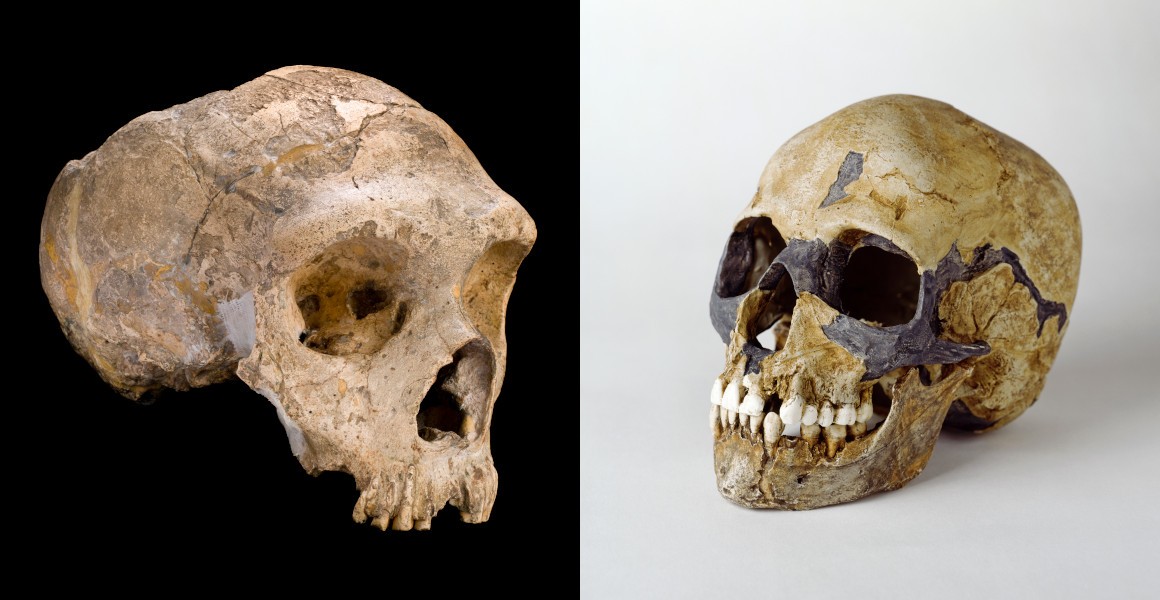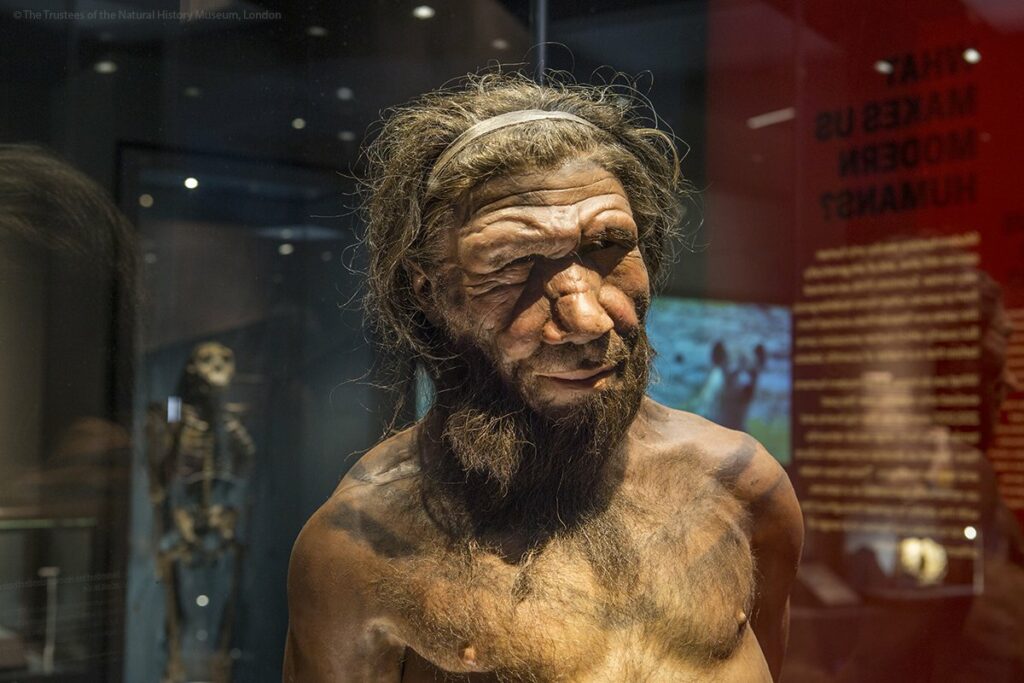One reason for the Neanderthals' extinction, as stated in a recently published scientific paper, was not starvation, predation, or extermination at the hands of another hominid species, but, rather, sex. More specifically, sex with humans.
Fossil and genetic evidence provide solid grounds for believing that Neanderthals' inexorable incorporation into Homo sapiens' gene pool led to their own eradication, said Chris Stringer and Lucile Crete of the Natural History Museum in London.
"A continuing absorption of Neanderthal individuals into [Homo] sapiens groups could have been one of the factors that led to the demise of the Neanderthals," Stringer and Crete wrote in the paper.
A 'sextinction' event
Although earlier DNA analyses conclusively demonstrated that Neanderthals and humans regularly engaged in sexual activity and, indeed, frequently produced fertile offspring, this is the first time that such sexual encounters have been posited as a potential key factor underlying their extinction.
Stringer and Crete's hypothesis is primarily founded upon the fact that, although 2% of the human genome is derived from Neanderthals, there is no converse evidence of any human impact upon the Neanderthal gene pool.

Skulls of a Neanderthal (left) and Homo sapiens (right). They are the closest relatives of each other and could interbreed. Credit: the Trustees of the Natural History Museum, London
"If fertile Neanderthals were regularly being absorbed into [Homo] sapiens groups, they were effectively also being removed from Neanderthal gene pools, and such a consistent drain of prime-age individuals is not something that could have been sustained for long in small hunter-gatherer groups," the researchers wrote.
"Perhaps dispersing H[omo] sapiens groups acted like sponges in absorbing pockets of ... Neanderthals and maybe that, as much as anything else, led to the eventual demise of the Neanderthals as a viable population," they concluded.
An open debate
Stringer and Crete are, however, open about the provisional nature of their hypothesis.
"We don't know if the apparent one-way gene flow is because it simply wasn't happening, that the breeding was taking place but was unsuccessful, or if the Neanderthal genomes we have are unrepresentative," Stringer said. Currently, only 32 Neanderthal genomes have been fully sequenced.
"As more Neanderthal genomes are sequenced, we should be able to see whether any nuclear DNA from Homo sapiens was passed on to Neanderthals and demonstrate whether or not this idea is accurate."
Related News
- Do you have Neanderthal genes? Then you could be a Covid risk
- Scientists fight tooth and claw to discover Neanderthal child's tooth in the Cinquantenaire Museum in Brussels
In their paper, Stringer and Crete were also open about the currently unknown — and potentially unknowable — nature of the sexual encounters between Neanderthals and Homo sapiens.
"What was the social milieu that led to these sexual encounters?" Stringer and Crete asked.
The most plausible hypotheses, they claim, include the possible physical "capturing" of Neanderthal females of reproductive and pre-reproductive age; "more structured movements of partners according to local demographic conditions"; and — arguably the most alluring possibility — "opportunistic" or "covert couplings" between members of both species.

